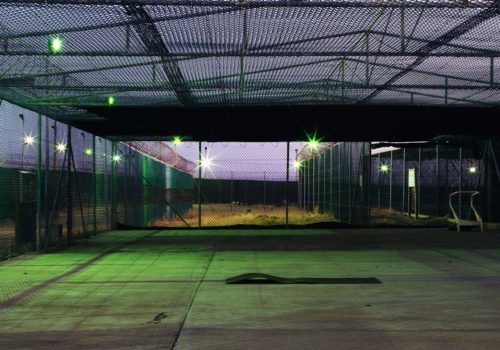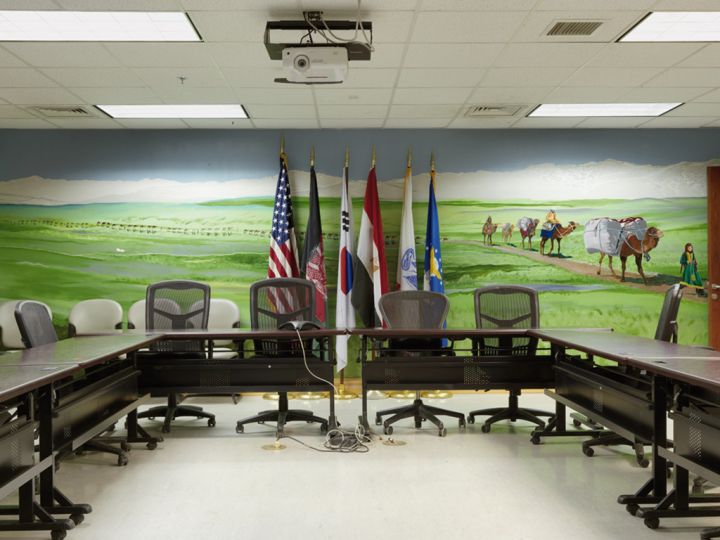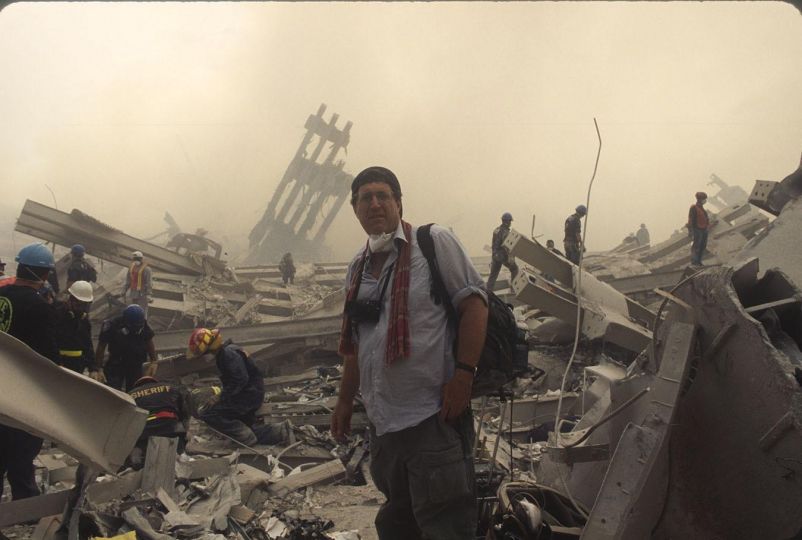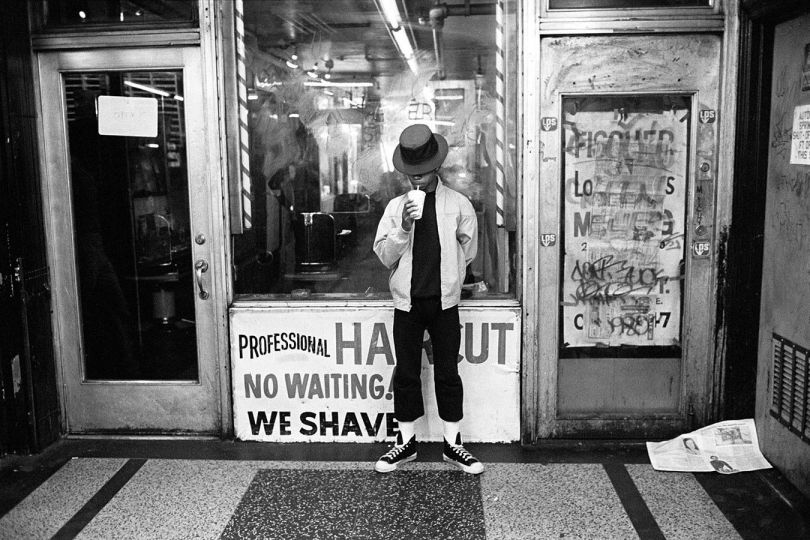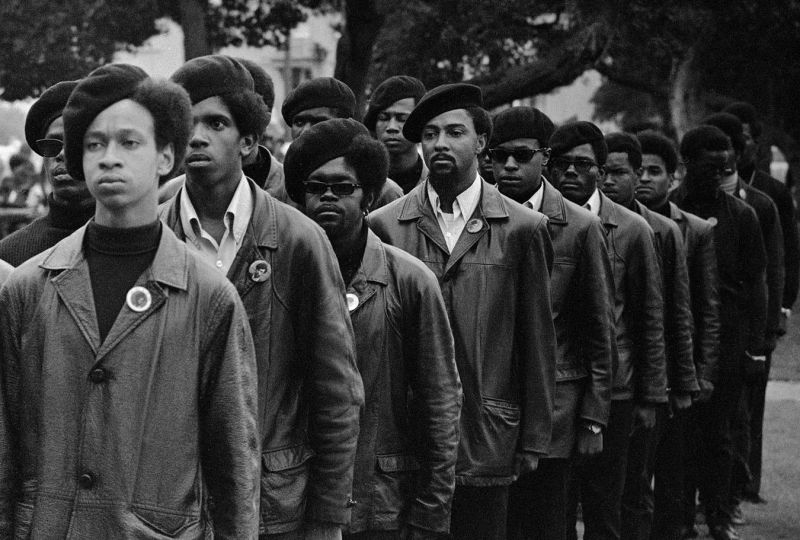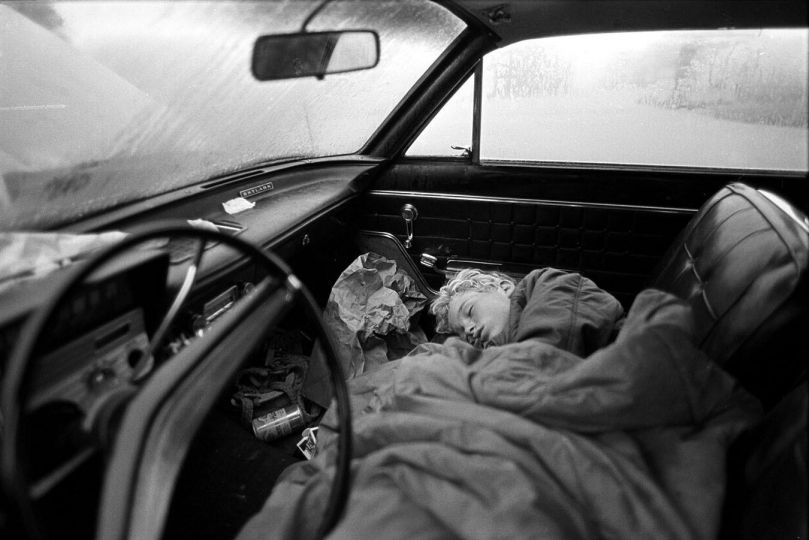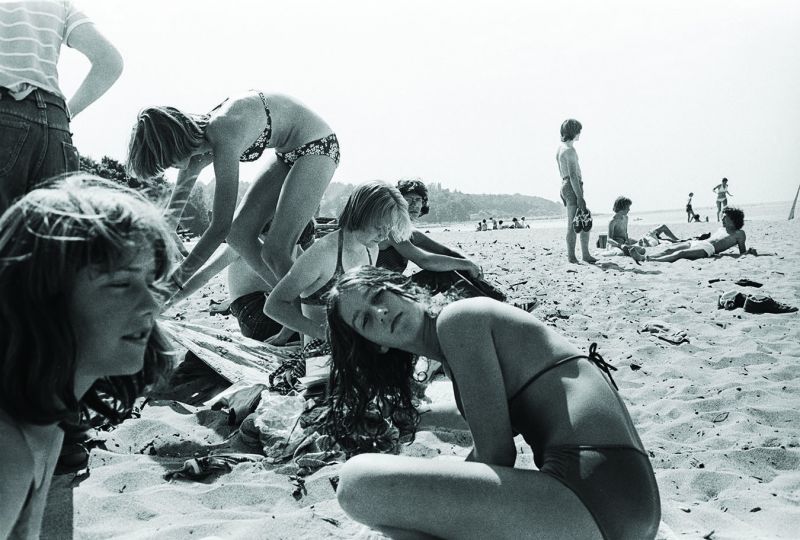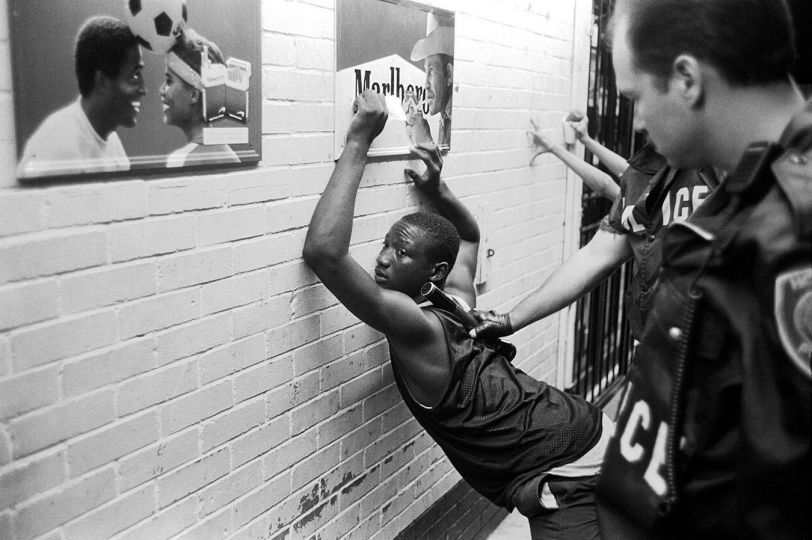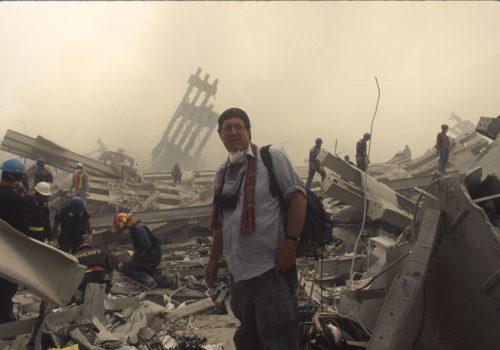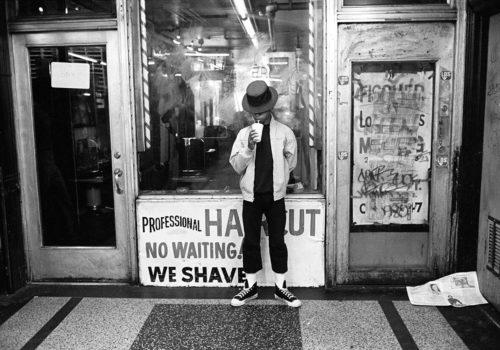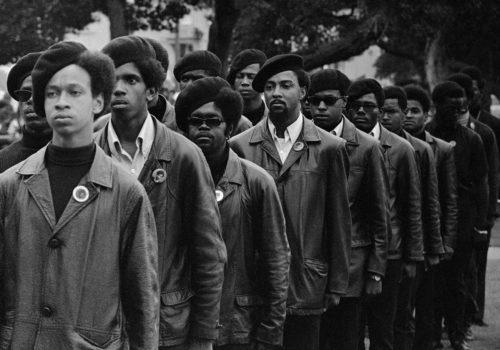For Edmund Clark, incarceration in any given country is a reflection of its culture. It provides social, political, economic and historical clues to the nation’s identity. In the case of Guantanamo, the institution and its methods are an example of how a state responds to the fear of terrorism in a time of chaos. With a historian’s hindsight, Clark studies this microsystem by approaching the domestic space: the cells, the naval base where the soldiers live, and the prisoner’s homes are three distinct areas which the photographer weaves into a complex narrative guided by patterns, shapes and colors. In an environment of total control where the retrieval of information is the primary objective, the authorities employ psychological methods which Clark translates using his camera, expressing the invisible thanks to aesthetic characteristics.
Confinement and disorientation are essential to this series in which text is almost non-existent. Avoiding a frontal approach, Clark subjects the viewer to the same treatment received by the prisoners. With tight framing and cold lighting mimicking the neon lights, which give no indication of time, his precise and sharply focused compositions give the space a fictional and theatrical feel. The viewer is tempted to question the truth, as is the detainee after a while. Every object that could provide a link to the outside world bears the mark of Guantanamo. Letters to the inmates are scanned, stamped, and reviewed by the authorities. When a letter is finally delivered to the prisoner, it is a simulacrum of reality, adding to the confusion of a place where one can no longer tell day from night, where calendars are forbidden, and where everything is designed to lead to a confession.
Edmund Clark’s photography is both documentary and conceptual. A far from cry from paradoxically dehumanizing images of orange jumpsuits and humiliating violence, the human being appears in this series through synecdoche: a straight pile of blankets, vital commodities sitting in an unadorned room, touches of color evoking the outside world. A plain photograph of a rose in a square vase embodies this metaphor of the human torn between the interior and the exterior, a symbol of liberty enclosed in a suffocating aquarium whose transparency is compromised by the seepage of the stifled flower. This confusion caused by the conflicting concepts reaches its height in the video that accompanies the exhibition: we see comforting and humorous postcards as monotonous soundtrack plays in the background mixing testimonies of the horrors suffered during interrogations and the text of international laws applying at Guantanamo. These three diverging layers of information take on a new meaning, calling into question all that we think we know about reality
Laurence Cornet
Exhibition
Edmund Clark – Guantanamo: If the light goes out
From November 30th, 2012 to January 12th, 2013
Flowers
529 West 20th Street
New York NY 10011
USA
T : 212 439 1525
Book
Guantanamo : If Light Goes Out”
Photographs by Edmund Clark
Texts by Julian Stallabrass and Omar
Dewi Lewis Publishing
192 pages
£35.00

